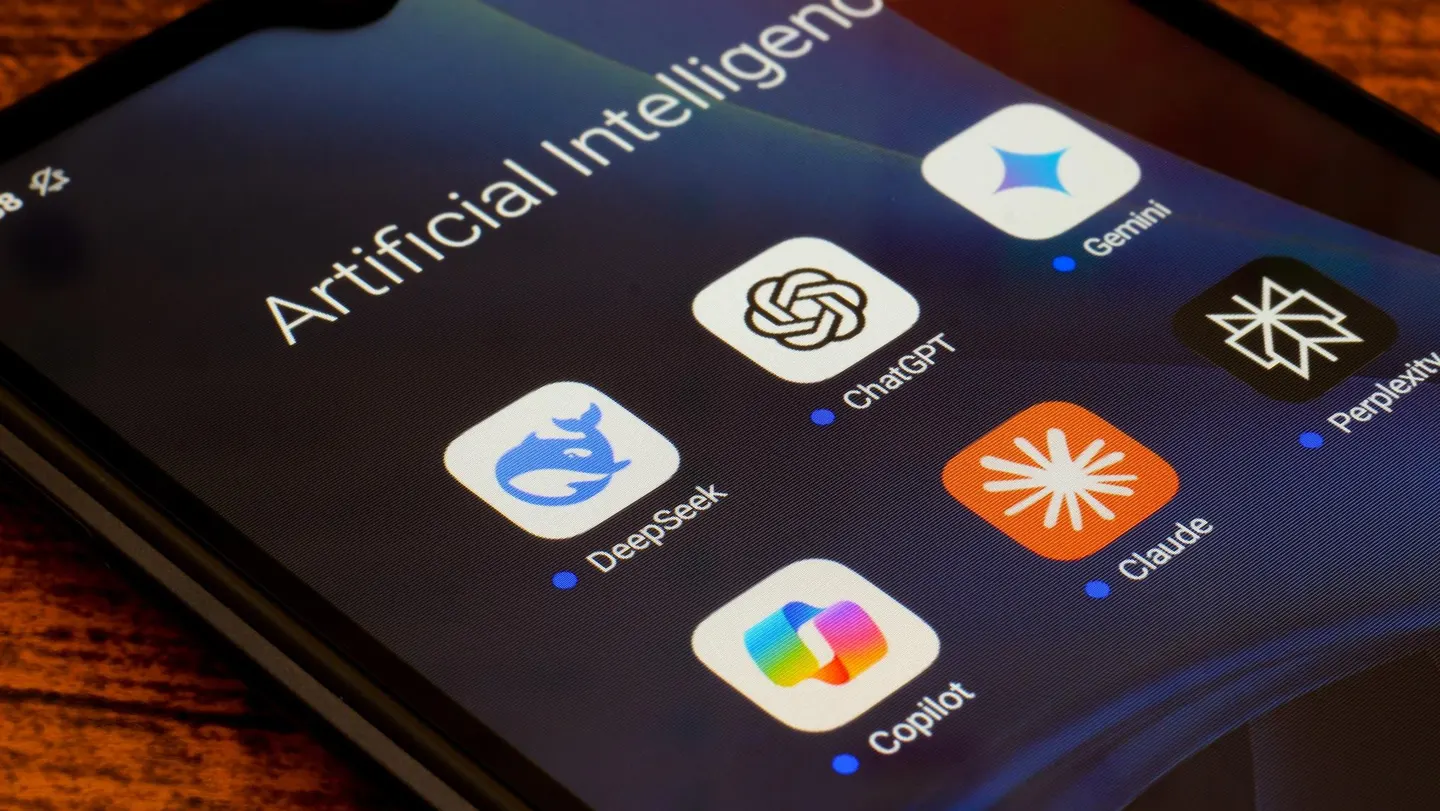Microsoft’s AI Ambitions Under Pressure
Microsoft has invested heavily in generative AI, especially with the rollout of Microsoft Copilot across its suite of products. But according to recent projections, Microsoft Copilot revenue may underperform compared to other AI rivals, particularly ChatGPT by OpenAI and Claude from Anthropic. While Microsoft’s strategy integrates Copilot into existing productivity tools like Word, Excel, and Teams, industry analysts suggest this embedded model might not convert into high direct revenues as quickly as subscription-based chatbots.
The original report by Forbes contributor Peter Cohan, published on July 3, 2025, emphasizes how Microsoft’s dependence on its productivity ecosystem might limit the scale of monetization compared to standalone AI services. Meanwhile, ChatGPT and Claude are seeing explosive user growth and direct subscription revenues, driven by consumer-facing platforms that continuously evolve with premium features.
Comparing AI Monetization Models: Embedded vs Standalone
One of the key factors behind the Microsoft Copilot revenue gap is the monetization strategy. Microsoft offers Copilot as an add-on to its enterprise software, charging $30 per user per month for Microsoft 365 customers. While this taps into a massive install base, it’s primarily targeting business users, which limits the immediate scalability compared to open-access consumer tools.
On the other hand, OpenAI’s ChatGPT Plus plan at $20 per month is seeing strong adoption across professionals, students, and hobbyists alike. As of mid-2025, ChatGPT has over 180 million active users globally, according to OpenAI’s internal metrics (Forbes, 2025). Anthropic's Claude has also seen strong growth, boosted by its integration with platforms like Slack and Notion and its accessible API model for developers.
These differences in business model lead to different revenue curves. While Microsoft is focusing on enterprise clients and long-term productivity integration, OpenAI and Anthropic are capitalizing on high-volume consumer adoption and developer ecosystems.
Revenue Estimates Show Microsoft Lagging Behind
Peter Cohan cites estimates from Wedbush Securities, which suggest OpenAI’s ChatGPT revenue may reach $3.4 billion in 2025, while Anthropic is projected to generate $850 million. Microsoft’s Copilot revenue, however, is expected to bring in $3.1 billion in the same period — a respectable figure, but still slightly behind OpenAI despite Microsoft’s aggressive push.
It’s important to note that Microsoft is a major investor in OpenAI, owning a 49% stake in its for-profit subsidiary. This gives Microsoft indirect exposure to ChatGPT’s financial success. However, for its own Copilot-branded tools, analysts argue that the current monetization pace does not yet reflect the scale of Microsoft's user base.
Cohan also points out that customers have expressed frustration with Copilot's performance. Some users claim that the $30/month fee is high given the tool’s limitations, including occasional inaccuracy and inconsistent functionality across apps. These concerns may hamper enterprise renewals and overall revenue acceleration.
Strategic Implications and the Road Ahead
The slower growth in Microsoft Copilot revenue raises questions about the sustainability of embedding generative AI within existing enterprise workflows. While Copilot aims to increase productivity by automating routine tasks, its success depends heavily on user satisfaction, pricing flexibility, and seamless integration.
In contrast, standalone AI platforms like ChatGPT and Claude benefit from agility, community feedback loops, and constant model improvement. OpenAI's launch of GPT-5 earlier this year, alongside Claude 3.5’s strong performance in natural language understanding, have set new benchmarks in generative AI utility.
Microsoft may need to rethink how it packages and positions Copilot. There are signs the company is exploring additional revenue channels, such as Copilot Studio (a custom app builder) and its Azure AI offerings. However, unless customer feedback significantly improves, Copilot might continue to be viewed as an underperforming product relative to its cost.
Investor Takeaway: Microsoft Needs More Than Integration
For investors, the Microsoft Copilot revenue forecast signals both opportunity and risk. On one hand, Microsoft continues to dominate the productivity software space, and Copilot could become a core feature in the long term. On the other hand, Microsoft must prove that it can drive consistent and scalable revenue from AI — especially when competitors are innovating rapidly and delivering value to a wider audience.
Microsoft’s reliance on enterprise clients might offer higher margins, but it also slows experimentation and broad adoption. To stay competitive, the company may need to lower Copilot’s price point, improve its functionality, or expand into new standalone products that can compete directly with ChatGPT and Claude.
Ultimately, the current numbers show a shift in AI economics: embedding AI into legacy platforms is not enough. The market rewards those who can build flexible, responsive, and user-first experiences — and Microsoft will need to move fast to keep pace.
Read More






 Sunday, 30-11-25
Sunday, 30-11-25







